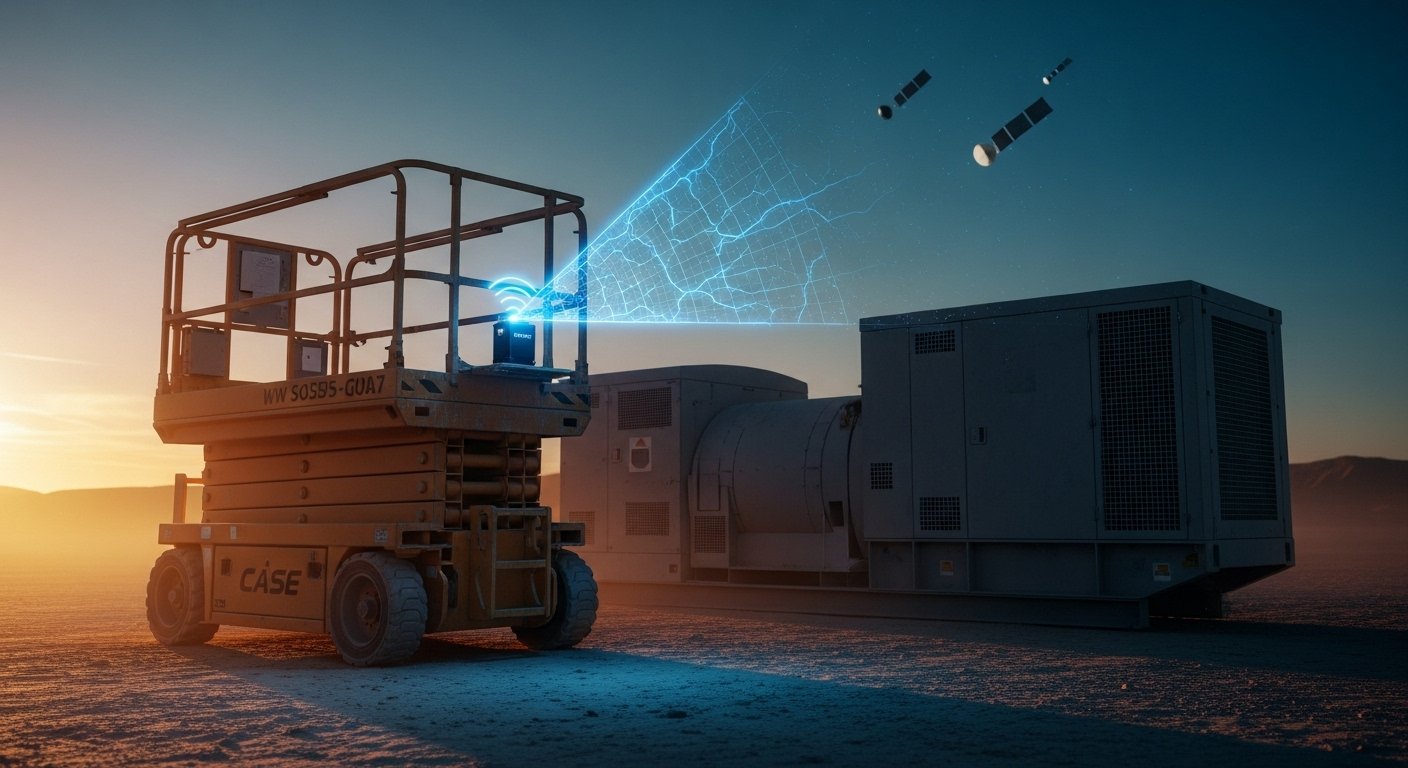Intro to Location-Based Solutions (LBS) and Wi-Fi Placing
Location-Based Solutions (LBS) and Wi-Fi placing are critical technologies in the world of modern monitoring systems, providing precise and dependable place information. LBS runs through a mix of technologies consisting of GPS, mobile networks, and sometimes Wi-Fi, to determine the geographic position of an individual or device. GPS, or Global Placing System, uses a network of satellites to triangulate the exact place of a GPS receiver on the Earth’s surface. This technique is highly accurate outdoors but can battle with accuracy inside your home or in thick metropolitan locations, production hidden GPS trackers essential for continuous monitoring.
On the various other hand, Wi-Fi placing leverages the indicate stamina and distance to Wi-Fi access factors to determine place. This technique is especially effective inside your home where GPS indicates may be weak or obstructed. Wi-Fi placing works by measuring the indicate stamina from several Wi-Fi networks and contrasting these dimensions versus a data source of known locations of Wi-Fi access factors. The precision of Wi-Fi placing can differ depending upon the thickness of Wi-Fi networks and the quality of the indicate stamina dimensions, including a layer of information for fleet security.
Both LBS and Wi-Fi placing are essential to systems like the Protrack GPS tracker and the Protrack365 system, which utilize these technologies to improve the monitoring experience. By incorporating GPS information with Wi-Fi placing, these systems can provide more accurate and dependable place information, no matter of whether the user is inside your home or outdoors. This double approach ensures that users can track their possessions or loved ones with a high level of self-confidence, production it an important device in various applications varying from fleet management, improving fleet security, to individual safety, possibly consisting of a stress switch for drivers.
Understanding the essential concepts of LBS and Wi-Fi placing is crucial for leveraging the complete abilities of modern monitoring systems. As these technologies proceed to develop, they’ll certainly play an ever-increasing role in how we monitor and manage movement and place in our lives, especially in the context of hidden GPS trackers and extensive fleet security.
Benefits of Incorporating LBS and Wi-Fi Placing for Monitoring
Incorporating Location-Based Solutions (LBS) and Wi-Fi placing offers a wide range of benefits for improving monitoring abilities. Among the primary benefits is the enhanced precision that this mix brings. While GPS monitoring is highly effective outdoors, it often struggles in interior atmospheres where indicates can be weak or missing. By incorporating Wi-Fi placing, monitoring devices such as the Protrack GPS tracker can take advantage of current Wi-Fi networks to identify locations with greater accuracy. This double approach ensures that monitoring remains dependable no matter of the environment, production it appropriate for both obvious and hidden GPS trackers.
Dependability is one more considerable benefit. In locations with thick facilities, such as metropolitan atmospheres, GPS indicates can be obstructed by high structures or various other frameworks. LBS and Wi-Fi placing fill these gaps by using mobile networks and Wi-Fi indicates, specifically, to provide continuous monitoring. This smooth shift in between GPS, LBS, and Wi-Fi ensures that devices like those on the Protrack365 system maintain consistent place information, improving overall monitoring dependability and adding to durable fleet security.
The capability to track inside your home is especially beneficial in various real-world applications. For circumstances, in retail atmospheres, incorporating LBS and Wi-Fi placing allows store supervisors to track possessions and workers within large structures. This capability is crucial for stock management and improving customer support. Similarly, in logistics, it enables the precise monitoring of products within warehouses, ensuring efficient procedures and decreasing the risk of shed items, which is important for fleet security.
Individual safety is one more domain name where this integration proves important. Devices equipped with combined LBS and Wi-Fi placing can track people in atmospheres where GPS alone would certainly fail, such as below ground parking area or large interior venues. This improved monitoring capability can be crucial for ensuring the safety of children, senior people, or workers in high-risk professions, particularly when a stress switch for drivers is incorporated for immediate notifies. Hidden GPS trackers can also provide very discreet safety.
To conclude, the integration of LBS and Wi-Fi placing significantly elevates monitoring abilities by providing enhanced precision, dependability, and the capability to track in challenging atmospheres. Whether for retail, logistics, or individual safety, this technology mix offers practical benefits that improve the overall monitoring experience, bolstering fleet security and enabling critical features like a stress switch for drivers.
Incorporating Location-Based Solutions (LBS) and Wi-Fi placing into monitoring systems like the Protrack GPS Tracker provides several technological challenges. Among the primary problems is indicate disturbance, which can significantly impact the precision and dependability of place information. Metropolitan atmospheres with thick facilities and numerous Wi-Fi indicates can produce complex indicate landscapes that decrease the accuracy of monitoring information, impacting the efficiency of both standard and hidden GPS trackers.
Precision restrictions are another considerable challenge. Wi-Fi placing, while affordable and useful inside your home, often struggles with identify precision compared with GPS. The Protrack365 system, for instance, depends on the granularity of the information it gets, and Wi-Fi-based place information can sometimes fail in providing the accuracy required for sure applications. This is especially troublesome in situations where exact place monitoring is critical, such as possession monitoring in large centers or navigating within complex structures, straight affecting fleet security.
Battery consumption is also a considerable concern. Continuous monitoring using several placing systems can drain the battery of mobile devices or monitoring equipment quickly. This is particularly real when both GPS and Wi-Fi placing are used at the same time. Efficient power management is crucial to ensure that devices remain functional for extended durations without regular charging, which is important for the dependability of a stress switch for drivers.
Potential Solutions and Technical Developments
To overcome these challenges, developments in technology and innovative solutions are being developed. Artificial intelligence formulas are having fun a crucial role in improving place precision. By evaluating historic place information and acknowledging patterns, these formulas can improve the accuracy of Wi-Fi placing, thereby improving the effectiveness of hidden GPS trackers. Crossbreed placing systems, which integrate information from several resources such as GPS, Wi-Fi, and mobile networks, offer a more durable service by leveraging the staminas of each technology, critical for fleet security.
Developments in Wi-Fi technology, such as the intro of Wi-Fi 6, are also promising. Wi-Fi 6 offers better efficiency in thick atmospheres and more efficient battery use, which can help reduce some of the present restrictions. Furthermore, modern monitoring systems like Protrack365 are incorporating these new technologies to provide more dependable and accurate place monitoring, consisting of for the stress switch for drivers.
By addressing these technological challenges, the monitoring experience using devices like the Protrack GPS Tracker can be significantly improved, prominent to more precise, dependable, and energy-efficient solutions, eventually improving fleet security and the effectiveness of features like a stress switch for drivers and hidden GPS trackers.
Future Trends and Developments in Monitoring Technology
As the world of monitoring technology proceeds to develop, several arising trends and developments promise to significantly improve the monitoring experience. Among one of the most noteworthy developments is the integration of 5G networks. The ultra-fast connection and reduced latency of 5G will enable real-time monitoring with unmatched precision. This development is especially appropriate for the Protrack GPS tracker and the Protrack365 system, as it will permit for more smooth and efficient information transmission, thereby improving overall monitoring efficiency, and production hidden GPS trackers much more effective.
Along with 5G, the expansion of Internet of Points (IoT) devices is readied to transform monitoring systems. IoT devices, which can communicate and trade information with each various other, offer an adjoined network that can be leveraged for more extensive monitoring solutions. For circumstances, an IoT-enabled Protrack GPS tracker can provide improved monitoring abilities by incorporating with various sensing units and devices, offering an alternative view of the tracked entity’s condition and environment, and can be incorporated with a stress switch for drivers to immediately alert appropriate workers, further increasing fleet security.
Developments in artificial knowledge (AI) and big information analytics are also positioned to play a crucial role in the future of monitoring technology. AI formulas can analyze vast quantities of monitoring information gathered by systems like Protrack365, determining patterns and producing understandings that were formerly unattainable. This can lead to anticipating monitoring, where potential problems are anticipated and dealt with before they occur, thereby enhancing the monitoring process and strengthening fleet security.
The impact of these technologies prolongs throughout various markets and daily life. In logistics and provide chain management, for instance, improved monitoring abilities can lead to more efficient procedures and decreased costs, ensuring durable fleet security. In individual security, improved monitoring technology can offer greater assurance and safety for people, particularly with features like a stress switch for drivers and the very discreet monitoring provided by hidden GPS trackers. As these developments proceed to create, the future of monitoring technology appearances promising, with the potential to change how we monitor and manage our possessions and environments.



